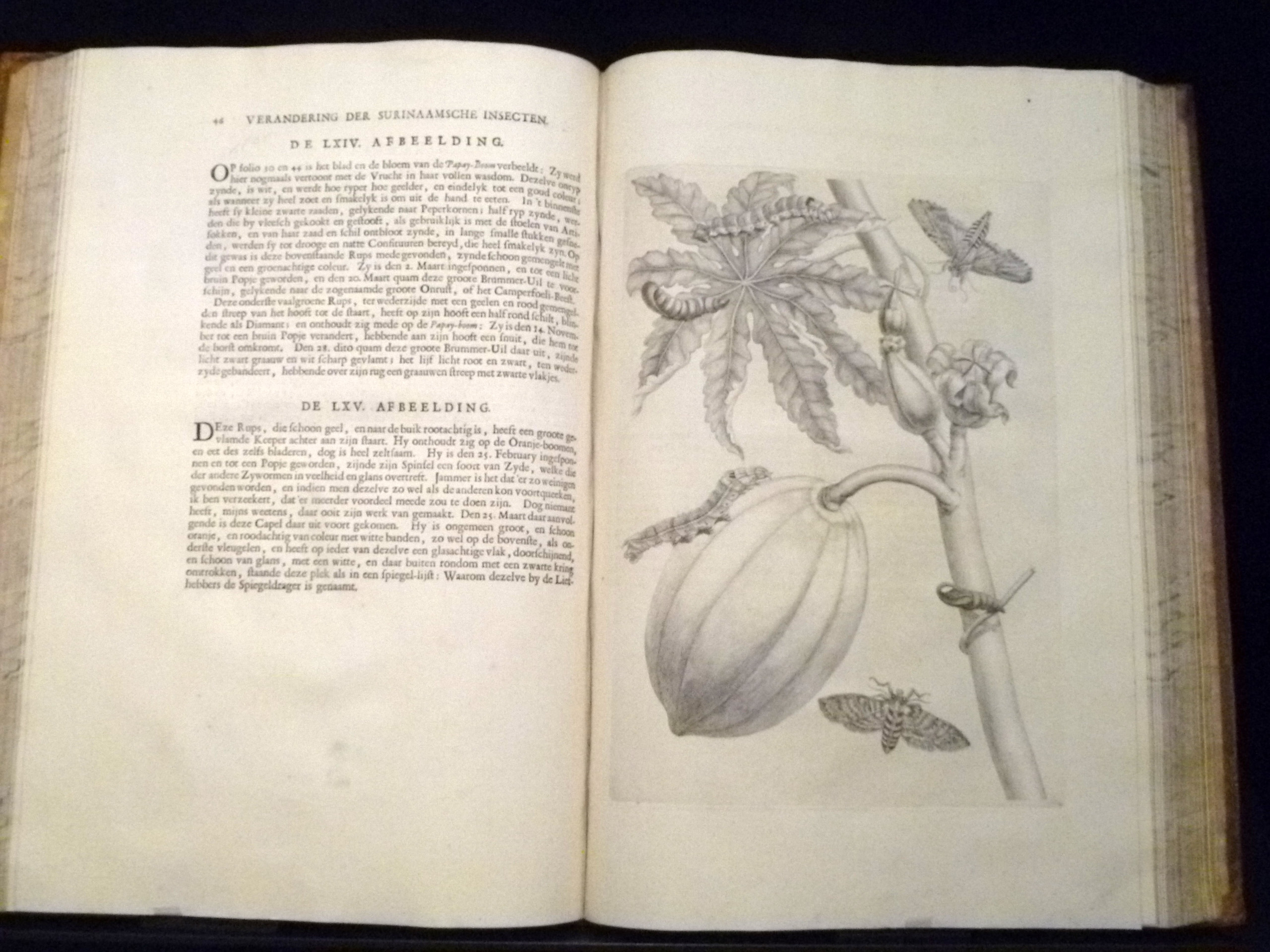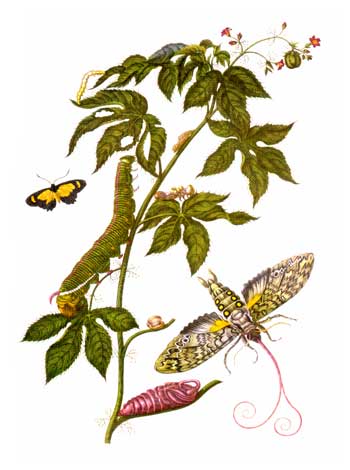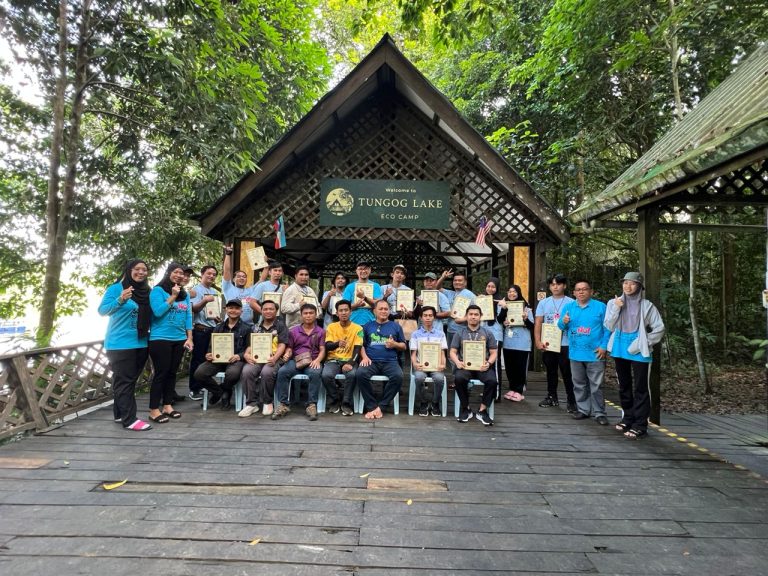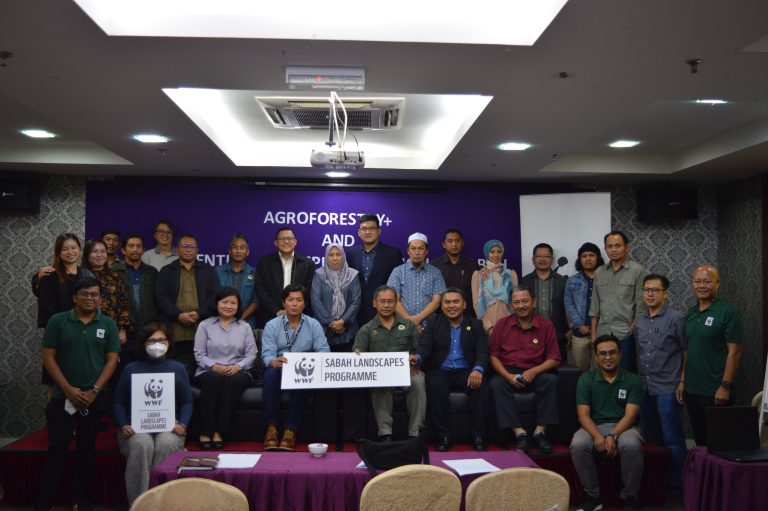By: Naziah Nawawie – February, 14 2024
The field of study known as entomology focuses on insects and the ways in which they interact with humans, the environment, and other organisms. A wide range of disciplines, including agriculture, chemistry, biology, human and animal health, molecular research, criminology, and forensics, all benefit greatly from the contributions that entomologists carry out.

The world of naturalists who dedicated their lives to studying insects is vast and fascinating. Maria Sibylla Merian was one of the prominent figures in the world of entomology. Merian broke with social norms for women and did innovative work in the fields of entomology and scientific illustration.
Merian, in contrast to many of her contemporaries who relied on preserved specimens, methodically examined live insects and reared them, beginning with caterpillars and progressing all the way up to butterflies and moths. Because of this, she was able to record their transformation with an accuracy that had never been seen before.
Merian was born in Frankfurt, Germany, in 1647, and right from the beginning of his life, he was surrounded by art. Jacob Marrel, her stepfather, was a well-known still-life painter who encouraged her artistic expression and helped her develop her talent. Nevertheless, Merian experienced a strong pull toward the natural world, and she was especially fascinated by insects. She began her artistic career as a young child by painting flowers. However, she eventually became fascinated by caterpillars and the transformations they underwent into butterflies and moths.
The meticulous observations made by Merian were turned into illustrations that were incredibly detailed. Not only did her artwork catch the insects themselves, but it also captured the intricate life cycles of the insects as well as the plants with which they interacted. However, Maria Sibylla Merian’s new findings may have been the field’s most significant legacy. Her name was bestowed upon nine butterfly species, two beetle species, and six plant species.
When Merian entered a field that was dominated by men, she encountered a great deal of difficulty. Her revolutionary work, “The Caterpillar Book,” was published in 1675, despite the difficulties she faced. She persisted despite these limitations. This book, which featured her precise pictures and observations on the metamorphosis of butterflies and moths, dispelled the many misconceptions that people have about insects.
Merian, who was 52 years old at the time, embarked on a dangerous adventure to Suriname, which is located in South America. She was motivated by her insatiable curiosity. She was able to document the unique flora and wildlife of the region after embarking on her pioneering voyage without the assistance of a male companion. Her journey included the discovery of species that had not been discovered before.

Not only did Merian’s diligent observations and outstanding artwork contribute to the advancement of entomology, but they also laid the groundwork for contemporary ecological research. Her work continues to serve as a source of inspiration for artists, scientists, and environment lovers all across the world.
Merian’s life and effect have been recorded in a number of outstanding publications, such as the essay written by Etheridge, Chrysalis: Maria Sibylla Merian and the Secrets of Metamorphosis by Kim Todd, and A Natural History of English Gardening by Mark Laird. Despite the fact that Merian’s name is not generally recognized today, her life and influence have been extensively documented.






